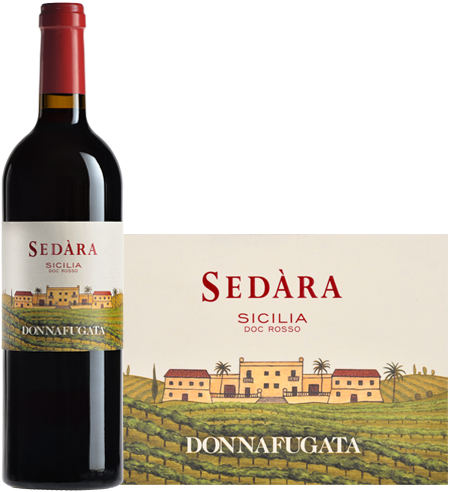Valentine’s Day. A day of love or heartbreak, a day of happiness or sadness – no matter how you feel about this day, it can only lead to one thing – drinking.
No, I don’t mean you should get blasted and cry into your beer, although maybe that’s what you’re into, and if so, just don’t drive or drink too much over your limit. I love you and care about what happens to you. What? No, sorry, I already have plans for Valentine’s Day.
What I mean is that inevitably, Valentine’s Day leads to drinking. Whether that means beer and pizza with Netflix and chill, or wine at a fancy restaurant, there’s an element of boozing with your loving.
The key, of course, is to find something great to drink with whatever you’re doing. I am here to recommend a handful of options so you can celebrate properly on this wonderful, terrible day.
Wine
 Wine is an essential component of Valentine’s. The best part about wine is that you can drink it no matter what you’re plans are. Dinner plans? I’ll have wine with that. Out for drinks? Try a wine bar. Staying in for dinner? Wine please. Galentine’s day? Umm, wine, obviously.
Wine is an essential component of Valentine’s. The best part about wine is that you can drink it no matter what you’re plans are. Dinner plans? I’ll have wine with that. Out for drinks? Try a wine bar. Staying in for dinner? Wine please. Galentine’s day? Umm, wine, obviously.
I recently received a bottle of Donnafugata Sedåra 2014, a Sicilia Doc Rosso (for free, full disclosure) and I have to say, it impressed. Tart and fruity but gentle, it struck me as a versatile red for any occasion. In other words, no matter what your dinner plans – pizza, pasta, steak, or even barbecue – pour yourself a glass of this.
I also believe it would pair very well with chocolate, so while you’re gazing into your lover’s eyes and shoving desserts like chocolate covered strawberries or chocolate truffles into each other’s mouths, wash it down with some Sedåra.
But wait, what about hanging out with the girls? Yes, it will also work nicely for that. Your friends will be impressed that you have scored an Italian wine, and you will all enjoy the soft tannins and strawberry and plum notes.
Donnafugata Sedåra 2014 is not only a great choice for all your needs on Valentine’s Day, it’s also affordable. Approximately $18 a bottle, it won’t break the bank, allowing you to impress your date with wine AND something sparkly (hint, hint, Adrian).
Sparkling Wine
Just get whatever you can afford, yeah? No seriously. Sometimes that expensive stuff isn’t as good (or is only as good) as the mid-range option, and unless one of you cares about labels, get whatever is best for you. (Or, if you want to be tricksy, make your own label with you and your lover’s name on it, and they’ll think it’s so sweet, they won’t care you bought a $5 brut from Walgreens. PS, don’t buy a $5 brut from Walgreens unless that’s all you can afford.)
Beer
I don’t know about you, but I say, pull out some stouts on V-day. There are so many different stouts available that you are bound to find one that works for you and whoever you’re spending time with on V-day. Chocolate stouts, coffee stouts, oatmeal, dry, imperial, sweet, and all the nitro stouts you can think of pair well with chocolate, girl’s night, guy’s night, red meat (is that the same as guy’s nights?), and just chilling at home or at the bar. It’s also cold. SO cold. What warms you up better than a lovely dark beer with a smooth finish? Not even the love of your life, no matter what day of the year.
Cocktails
What is more romantic than a classy old fashioned? I challenge you to find something better. An old fashioned is meant to be sipped, served with a cherry, and makes the drinker exude confidence. Enjoyed by both men and women, with any whiskey you choose (although Bulleit Rye is my personal favorite), it’s the perfect drink for any date, going out or staying in.
Whatever you do, whatever you drink, try to have a nice time. Don’t overdo it, don’t over think it, and whatever you do, don’t take it too seriously. Cheers!




